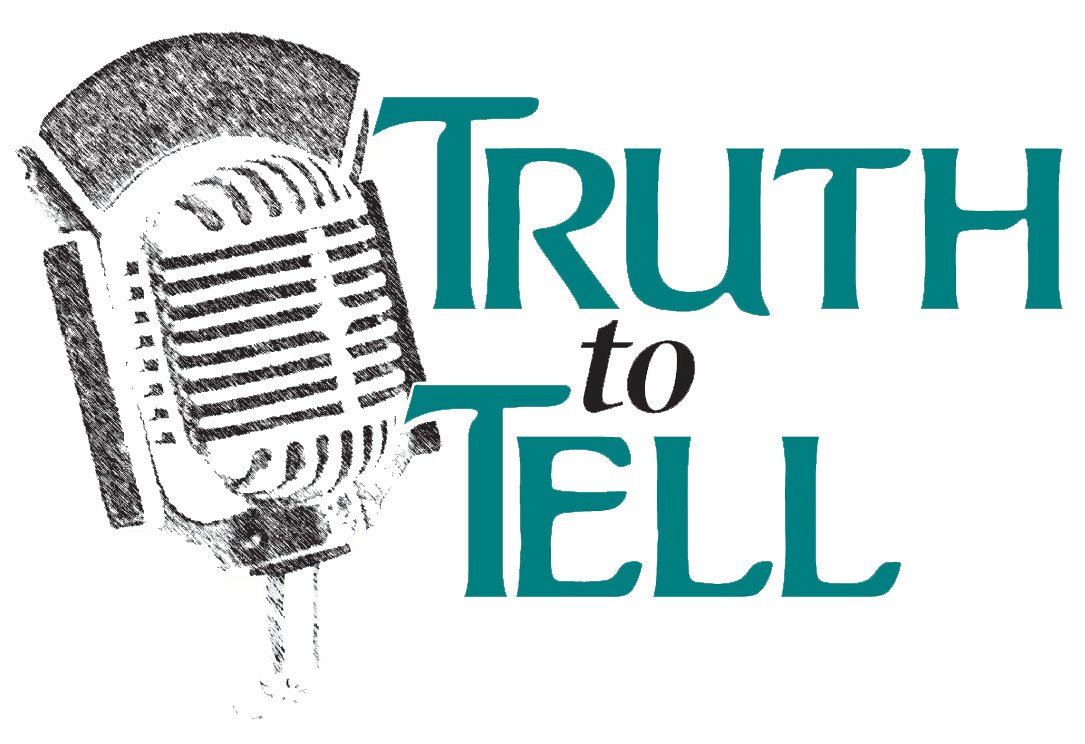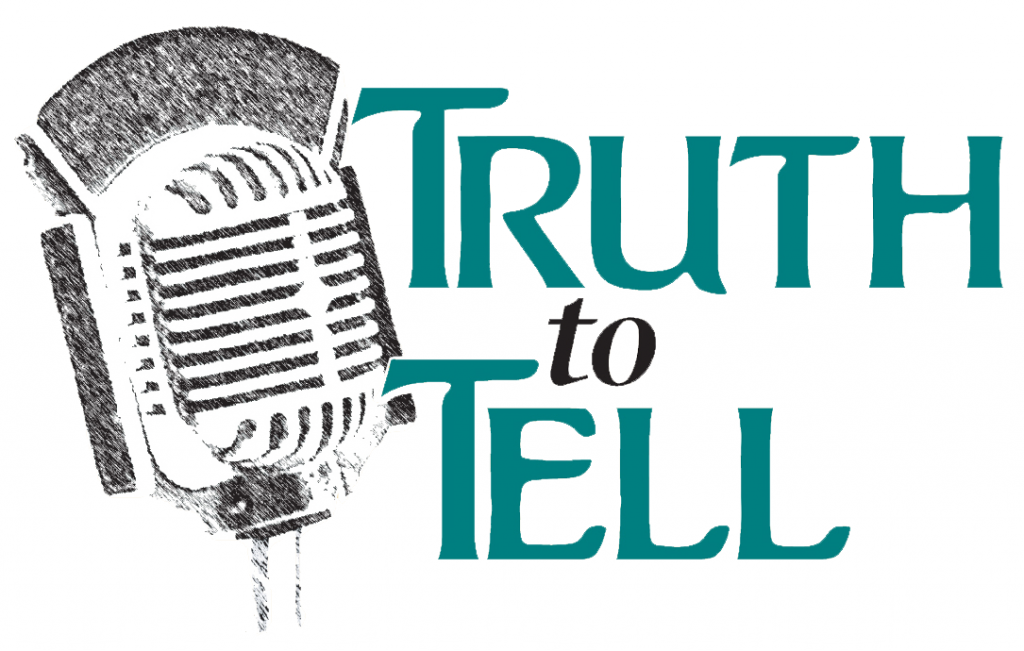This is Part 2 of 2 parts of this program aired on Memorial Day 2012. Watch Part 1.CLICK ON THE MONITOR ICON TO WATCH FULL SCREEN.
This week we combine two burning issues, both of which dovetail in the daily onslaught of media – the reckless drive for shock value among wildly competing messages and personalities and the insensitive pursuit of profit at the expense of the civic peace.
First, several years ago – 1998, DJ Tom Bernard took aim at a 13-year-old Hmong mother charged with suffocating her newborn. Bernard apologized, but not before mass demonstrations, front-page stories and advertising pullouts embarrassed KQRS.
Earlier that year, jokes over KQ in the wake of the fatal shooting of a Somali taxicab driver led to protests and 50 taxis descending on the station. August, 2006: Bernard’s show rips a hip-hop celebration, ridiculing artists’ names and predicting that there will be at least nine shootings at the event (Star Tribune). September 2007 – Bernard’s second banana “suggests that genetics and incest ‘up there’ may have led to high suicide rates in Beltrami County. Bernard quickly challenges her, but American Indian leaders demand — and receive — an apology.” (ST)
More such crap from Bernard came in 2001 St. Paul mayoral candidate Jay Benanav, 2002 when he blastedGov. Jesse Ventura, again in 2002 when, during a Norm Coleman interview, he hoped – on the air – that Paul Wellstone would “drop dead” (Wellstone and family members died in a plane crash two weeks later).
But, KQRS is hardly alone in its “slips” on the air – statements that betray a deeper racism in media circles here and everywhere. The notoriety around WCCO’s so-called duck-dog story – again involving Asian Pacific Islanders – or KDWB’s parody on Hmong folks, and the relentless coverage of communities of color that places them among the criminal classes in larger proportions to the white community when law enforcement statistics defy those percentages, even among African-Americans – those most egregiously misportrayed as running afoul of the law.
Those of us in the business have heard such remarks on- and off-mike for decades. And many of us have spotted the billboards that play games with words in such a way as to display rank insensitivity to one group or another – playing off stereotypes without a shred of humor to redeem them.
Billboards themselves, are a direct blight on the urban landscape – or cityscape – as well as the countryside where scenic views are interrupted by hulking bulletins certain to jar you out of any appreciation you might have for the visions around you.
And, if those damned boards aren’t bad enough for the plastering of ads up against your neighborhoods, parks, playgrounds, schools and our streets and byways, now comes brightly lit, ever-changing and flashing messages you cannot avoid even as you’re navigating around urban and suburban freeways.
All sorts of attempts have been made to ban billboards, or regulate them, or confine them, and force their removals from specific sections of our cities – like residential neighborhoods. Giant billboard companies –like Clear Channel Communications – yes, the very same Clear Channel that owns six or seven Twin Cities radio stations, not to mention other media outlets – simply run screaming to the courts and Legislature claiming violation of free speech by cities attempting to limit or ban their use. And, despite all manner of legal precedents that say commercial speech is NOT protected by the First Amendment, courts and legislators of both parties cave to their demands. Why? Not too hard to figure out. The old adage that you don’t take on corporations that buy their ink by the railroad car full. The same can be said of those who build bigger, uglier, and more permanent structures in front of the trees we so carefully planted.
TTT’s ANDY DRISCOLL and MICHELLE ALIMORADI query advocates from all the above-mentioned arenas of media justice – first, a group known as CAAR – or Community Action Against Racism – formed by Asian Pacific Islanders a few years ago to combat racist local media companies conveying images and stereotypes – mostly commercial media here – and the other known as Blightfighters – self-explanatory.
FOR THOSE WANTING MORE INVOLVEMENT:
“Racism in the Media: A Community Conversation” – June 2 event hosted by CAAR & Mainstreet Project
OSSIAN OR – Director, Blightfighters Project and Videographer – “Chronicle of the Billboard Wars”
NIKKI LALIBERTE – Victim of lighted billboard(s) in West St. Paul
MARGIE ANDREASON – Co-Chair, Community Action Against Racism (CAAR)
REBECCA SONG – Education Lead, CAAR; Lead, CAAR Internalized Racial Oppression Campaign


